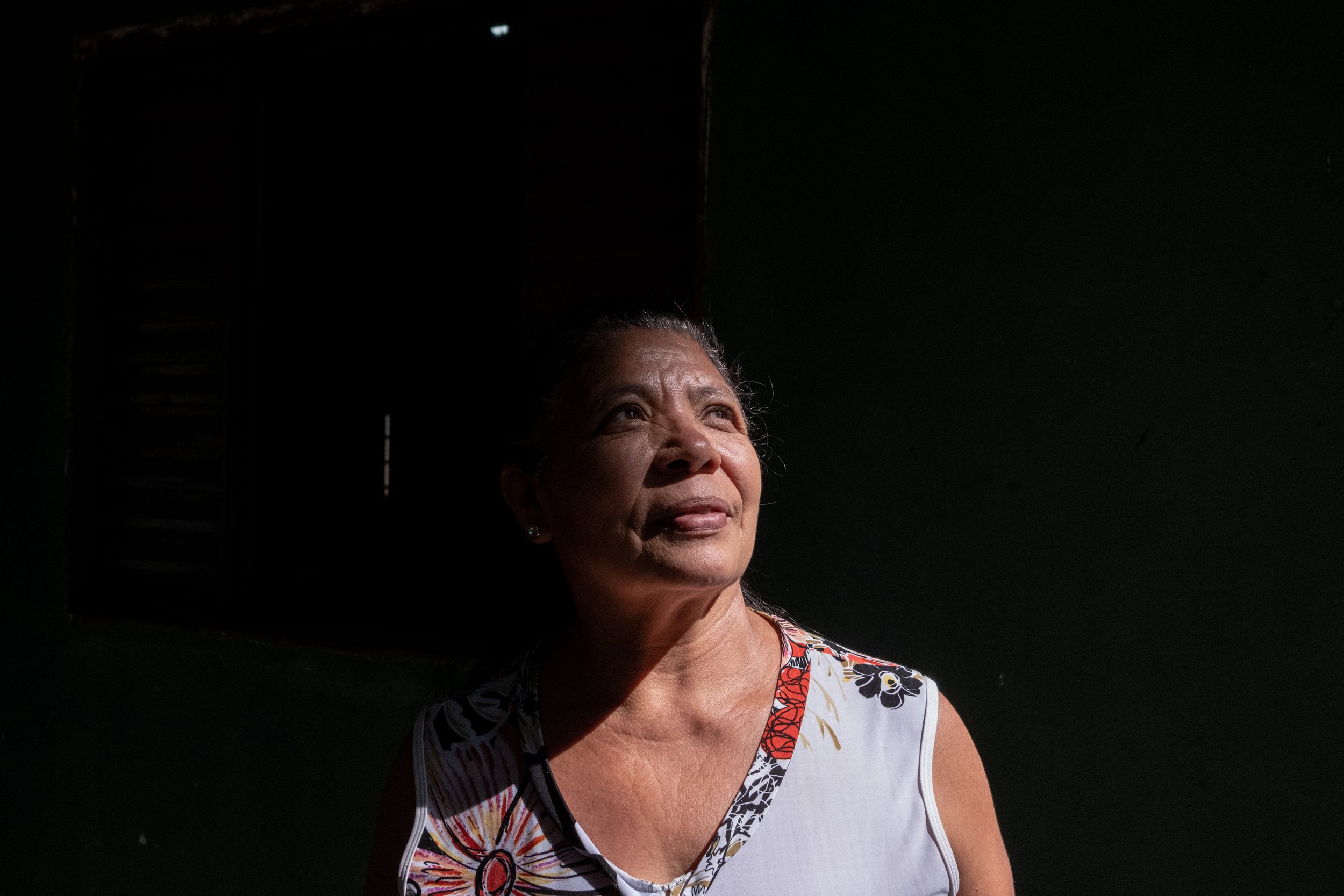Un Pantanal Que Se Seca / A Drying Pantanal Wetland (2020 - ongoing)
In the Pantanal, the planet’s largest tropical wetland, all life depends on the seasonal flood pulse that brings water from the surrounding highland to the floodplain with the rain and rivers that overflow, bathing an extensive mosaic of lakes, savannas and forests, renovating life after the dry season. Located between Brazil, Bolivia and Paraguay, extending 195,000 square kilometers, the Pantanal is home to vast biodiversity and to communities that depend on and protect this unique wetland, where life is adapted to and made possible by the wetland’s flood pulse. What happens when this pulse is interrupted? - "A Pantanal without water is a Pantanal without life".
Since 1991, Brazil has lost an estimated 15% of its water surface, according to data from MapBiomas. Of all biomes, this reduction has been most significant in the Pantanal, which in the same time period lost over 70% of its surface covered by water during peak wet season. In 2020, wildfires exacerbated by extreme drought scorched almost one third of the wetland, burning nearly 45,000 square kilometers, devastating its exuberant wildlife and the traditional and indigenous communities whose livelihoods depend on the wetland. Growing human pressures such as the damming of rivers, expansion of large-scale industrial agriculture and rising deforestation in and around the wetland, intensified by the impacts of climate change, have deeply affected and altered life in the Pantanal. Areas that never dried before have dried, leaving the region extremely vulnerable to fires.
In the wake of the catastrophic wildfires that swept through the Pantanal four years ago, volunteers and communities mobilized to form brigades throughout the wetland to fight the wildfires, implement mitigation strategies and strengthen efforts to protect their territories and other critical preservation areas from another disaster.




















